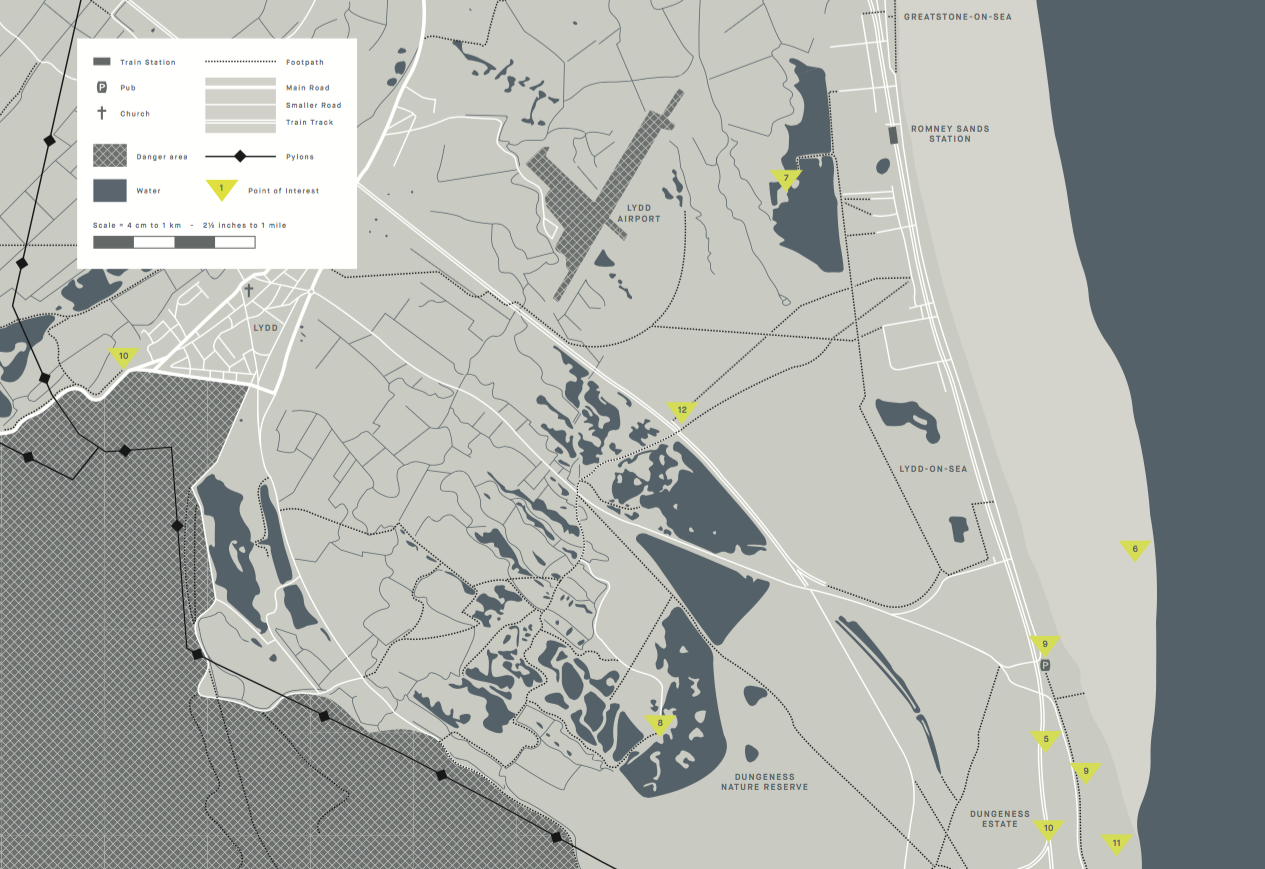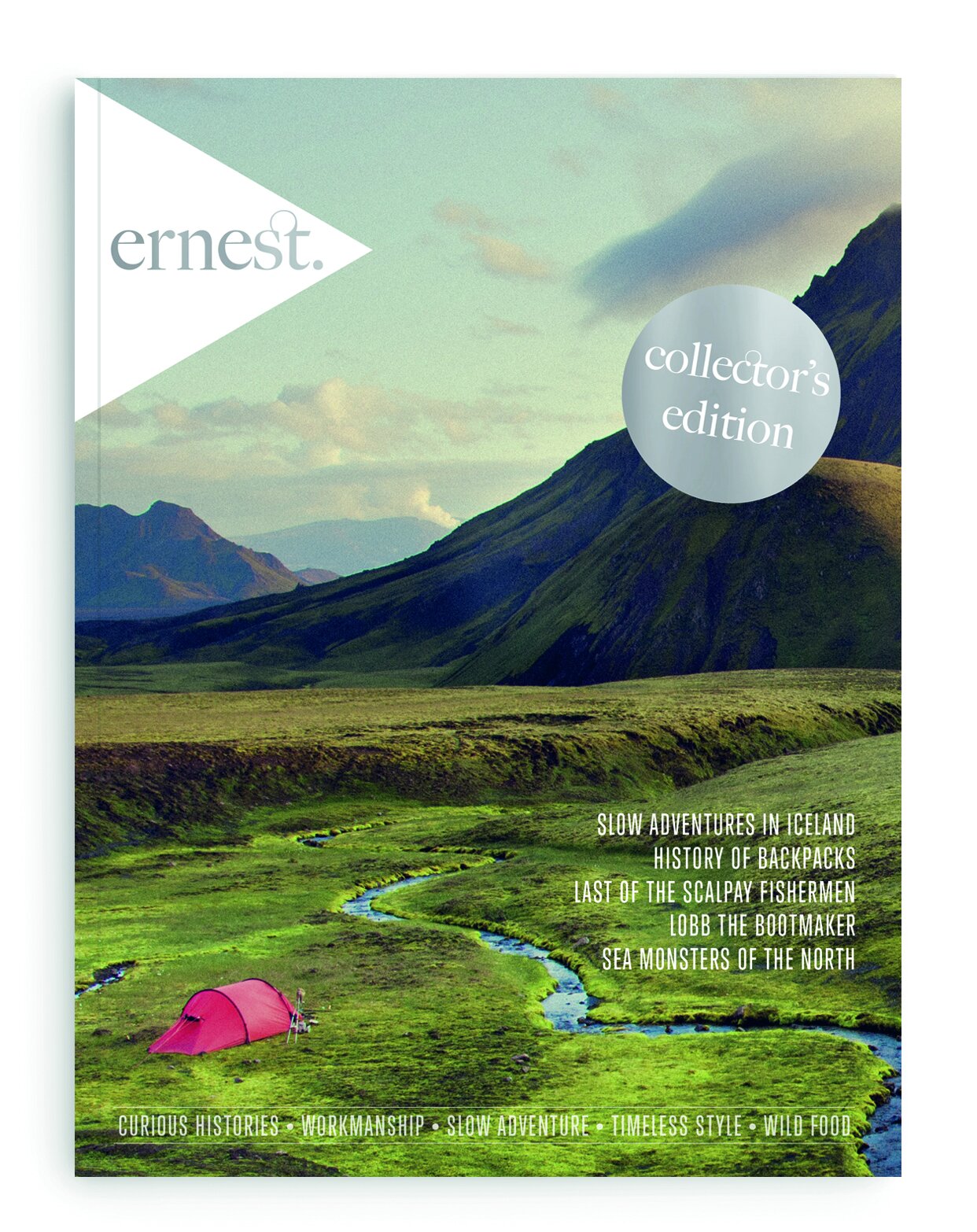We caught up with Not Another Bill founder Ned Corbett-Winder to ask about the joy of sending surprise gifts through the post
What's the idea behind Not Another Bill?
Not Another Bill is built on the premise that no one gets anything good in the post any more, other than bills and the odd pizza menu. Our aim is to make everyone's letter box a more exciting place, while at the same time introducing our subscribers to new designers, artists and creatives. Each month our subscribers receive a beautifully wrapped and carefully curated surprise present in the post. We work with a handful of brands to produce bespoke and exclusive products, which cannot be found on the high street.
Tell us about some of the recent gifts you've sent out to subscribers. Any particular favourites?
We've had a really exciting year, and we were lucky enough to work with some of our favourite brands. With such a broad subscriber base our gifts have ranged from mirrors to stationery, candles to card holders. One of our stand out collaborations of last year was working with Tom Dixon – we are big fans of his work as well as having a slight brass obsession, so his Golden Ruler and Brass clips were great for our stationery aficionados. Other favourites include jewellery brand Fairley, woollen gloves from Hikaru Noguchi, HK Living homewares and a pigeon post themed scarf from Karen Mabon.
What's important to you?
We think it's important to introduce our subscribers to designers that are sourced from far and wide. Why should we send something that could be found in any design store? We focus on the curation of our postal surprises, and work on overall themes that will fit in with our subscribers' personal preferences. The collaboration element of our brand is really important to us too, as it means that we are able to work closely with individual designers to create exclusive gifts each month.
Any exciting new collaborations coming up this year?
We have got a very exciting year lined up, with collaborations sourced from all over the world – from both big brands and small studios. Although we would love to share with our followers what gifts await them this year, we simply can't ruin the surprise. All we can say is watch this space...
What's on your bedside table?
Aside from the erratic scrawled notes of late night ideas and planning, my bedside table houses an alarm clock to ensure I'm at N.A.B headquarters on time, a scented candle from our collaboration with Yolke, a selection of books I'm forever trying to find the time to read and of course, Ernest Journal.
Check out these recent gifts from Not Another Bill, now available to purchase through their site:
Brass bottle opener, £28
The essential tool with a sleek, geometric twist. In collaboration with Danish brand Ferm Living.
Brass cufflinks, £28
"Inspired by architectural design and lots of graph paper." Made in collaboration with Scottish brand Tom Pigeon.
Leather document folder, £25
"A document wallet to give you 10/10 in the board room." Made from recycled leather, in collaboration with Undercover.
Nautical plates, £28
"A nautical-inspired kitchen set to keep your table looking ship shape". Scrimshaw set designed by New York-based Thomas Paul
Not Another Bill are offering Ernest readers £5 off any subscription plan – just quote code 'ernest5' when ordering. This is a sponsored blog post, created in collaboration with Not Another Bill. For more information on partnerships and joining our directory please email advertise@ernestjournal.co.uk.
























































